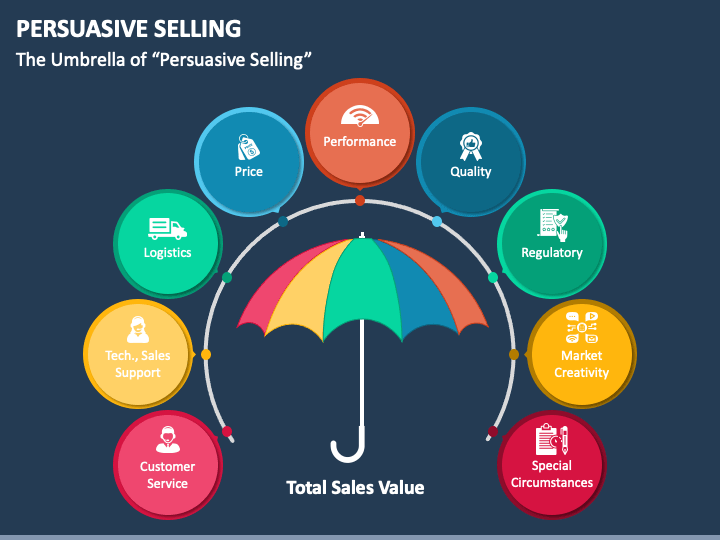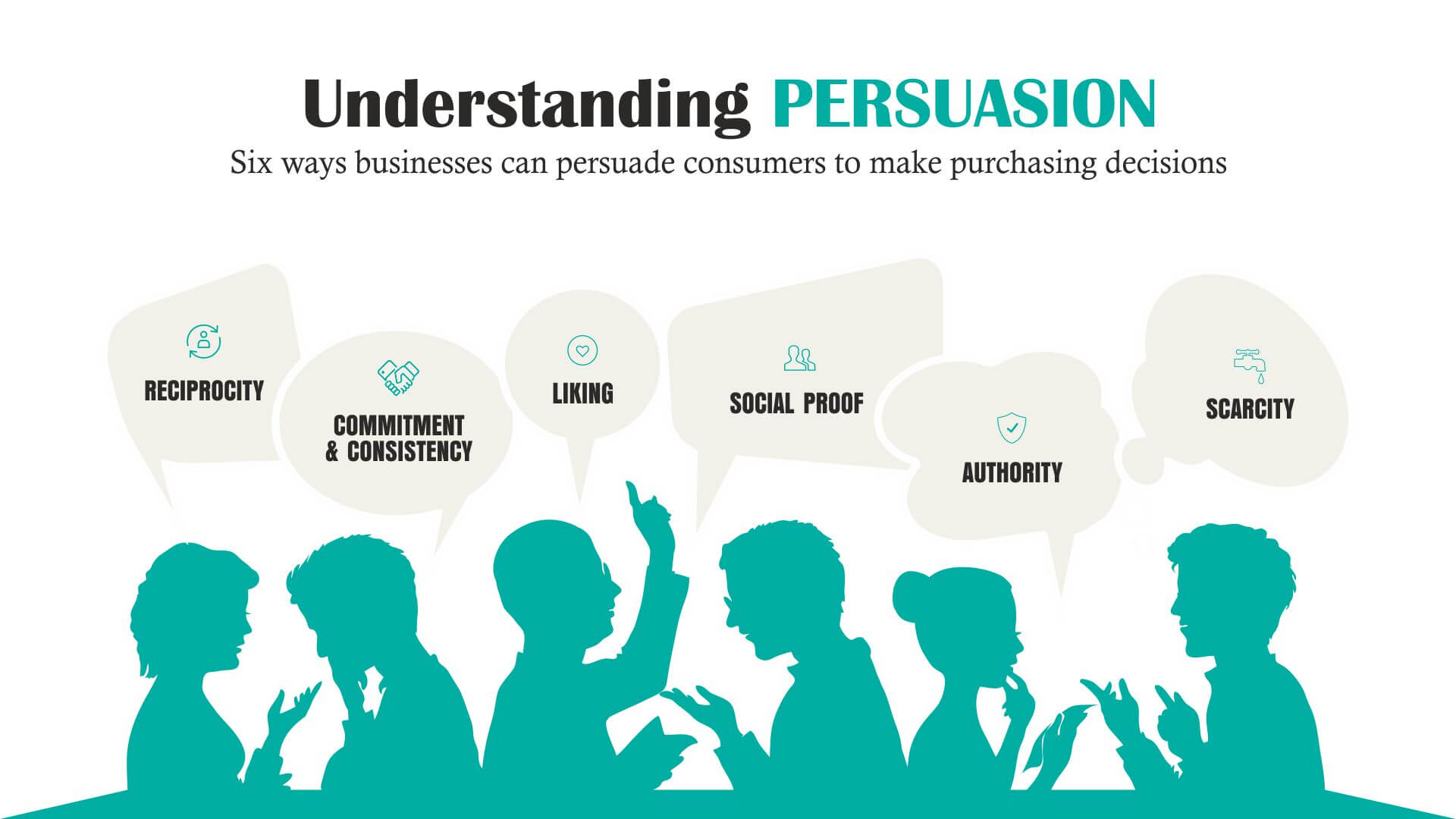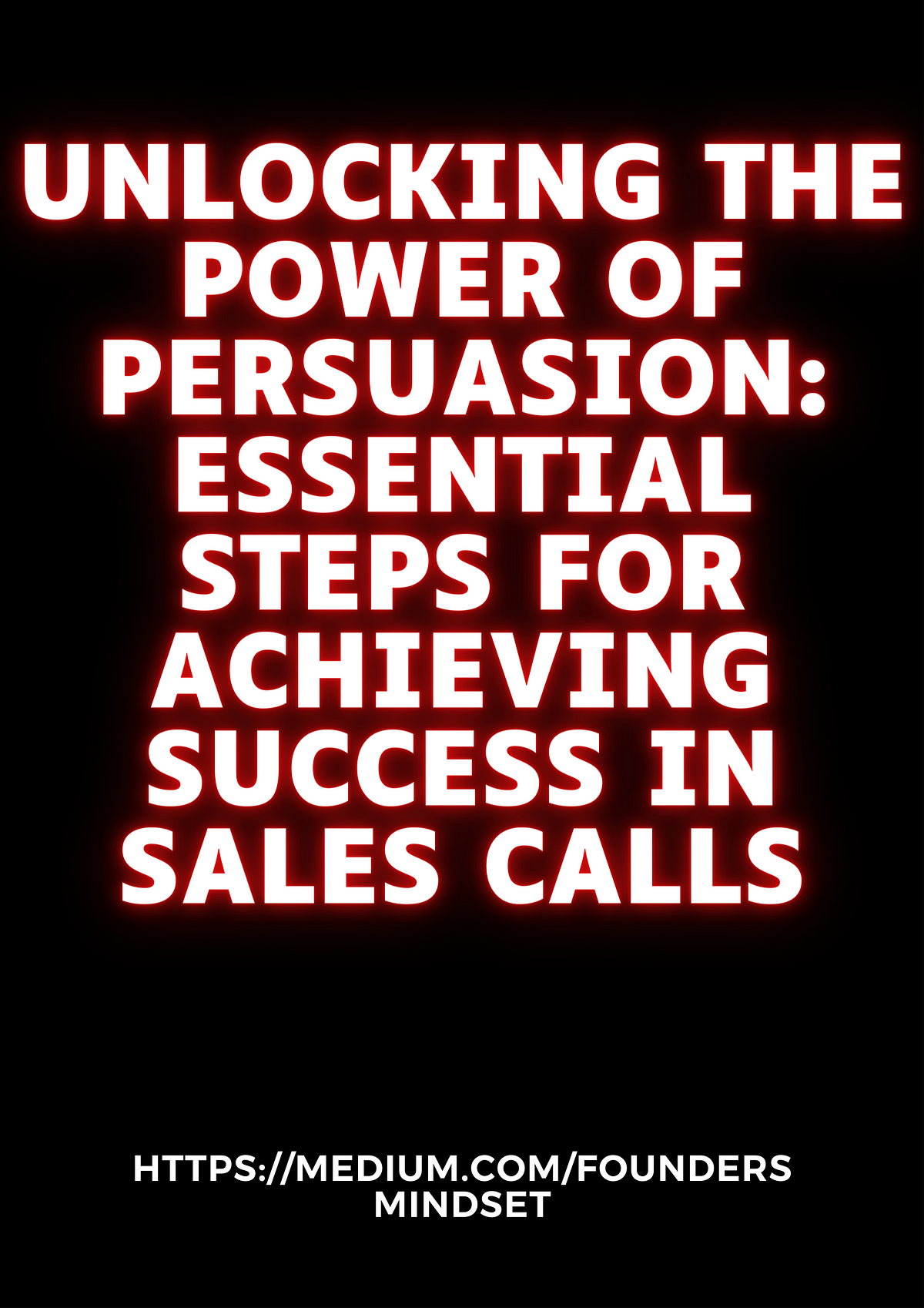Unlocking the Power of Persuasion: A Guide to Selling Your Product or Service

You’ve poured your heart and soul into crafting your product or service, but now comes the crucial step: convincing potential customers that it’s exactly what they need. This is where the art of effective communication comes in, and it’s a skill that can be learned and honed.
As an interior design expert and architect, I’ve witnessed firsthand the power of clear, concise, and compelling communication. I’ve helped countless clients envision their dream spaces, and in doing so, I’ve learned the secrets of connecting with people on a deeper level and inspiring them to take action.

This guide will equip you with the tools to effectively communicate the value of your product or service, transforming potential customers into loyal advocates.
1. Identify Your Ideal Customer:
Before diving into the specifics of your product or service, it’s essential to understand who you’re trying to reach. This is your ideal customer, the person who is most likely to benefit from what you offer.

- Define their demographics: Age, gender, location, income level, education, occupation, and lifestyle.
- Understand their needs and pain points: What problems are they facing? What are their goals and aspirations?
- Identify their motivations: What drives them to make a purchase? What are their values and priorities?


2. Uncover the Core Benefits:
Now that you know who your ideal customer is, you can start to identify the core benefits of your product or service. These are the tangible and intangible advantages that your offering provides.

- Focus on the "Why": Don’t just list features; explain how those features translate into real-world benefits.
- Highlight the problem-solving aspect: How does your product or service solve a specific problem or address a specific need?
- Emphasize the emotional impact: How does your offering make people feel? Does it provide a sense of security, convenience, joy, or accomplishment?



Example:
Product: A smart home security system
Feature: Motion sensors

Benefit: Peace of mind knowing your home is protected from intruders.
3. Craft a Compelling Narrative:
The most effective way to connect with your audience is to tell a story. This story should resonate with your ideal customer, showcasing how your product or service can improve their lives.

- Use relatable scenarios: Place your product or service in a real-life context that your target audience can easily relate to.
- Emphasize the "before and after": Paint a picture of the problem or challenge your customer faces and then show how your product or service provides a solution.
- Focus on the emotional connection: Appeal to your customer’s hopes, dreams, fears, and aspirations.


Example:
Scenario: A busy professional is constantly worried about the safety of their family while they’re at work.
Solution: Your smart home security system provides peace of mind by alerting them to any suspicious activity, allowing them to monitor their home remotely.
Emotional Connection: The system offers a sense of security and allows them to focus on their work without worrying about their loved ones.
4. Showcase Your Expertise:
Your expertise and credibility are essential in building trust with potential customers.
- Highlight your qualifications: What experience and knowledge do you have in your field?
- Showcase your successes: Share testimonials, case studies, and awards that demonstrate your track record.
- Provide valuable resources: Offer free guides, blog posts, or webinars that provide valuable information to your target audience.
Example:
Expertise: You are a certified interior designer with 10 years of experience in creating functional and stylish living spaces.
Successes: You have a portfolio of successful projects and positive client testimonials.
Resources: You offer a free guide on "How to Design a Small Bedroom that Feels Spacious."
5. Use Powerful Language:
The words you choose can make a significant difference in how your message is received.
- Use strong verbs and adjectives: Choose words that evoke emotion and create a sense of urgency.
- Avoid jargon and technical terms: Speak in a language that your target audience understands.
- Focus on benefits, not features: Instead of listing features, emphasize how those features benefit the customer.
Example:
Feature: High-quality materials
Benefit: Long-lasting and durable product that will stand the test of time.
6. Call to Action:
Every marketing message should include a clear call to action, telling your audience what you want them to do next.
- Make it clear and concise: Don’t leave your audience guessing about what to do next.
- Create a sense of urgency: Use phrases like "limited-time offer" or "act now" to encourage immediate action.
- Offer a compelling incentive: Provide a discount, free shipping, or a bonus to encourage purchase.
Example:
Call to Action: "Schedule a free consultation today to learn more about how our smart home security system can protect your family."
7. Embrace Feedback and Iterate:
Don’t be afraid to ask for feedback and adjust your messaging based on what you learn.
- Track your results: Use analytics to measure the effectiveness of your marketing efforts.
- Gather feedback from customers: Ask for reviews, testimonials, and suggestions for improvement.
- Be willing to adapt: Don’t be afraid to adjust your messaging based on what you learn.
Remember: The key to effective communication is to focus on the benefits of your product or service and how it can solve your customer’s problems. By understanding your ideal customer, crafting a compelling narrative, and using powerful language, you can create marketing messages that resonate with your audience and drive sales.

